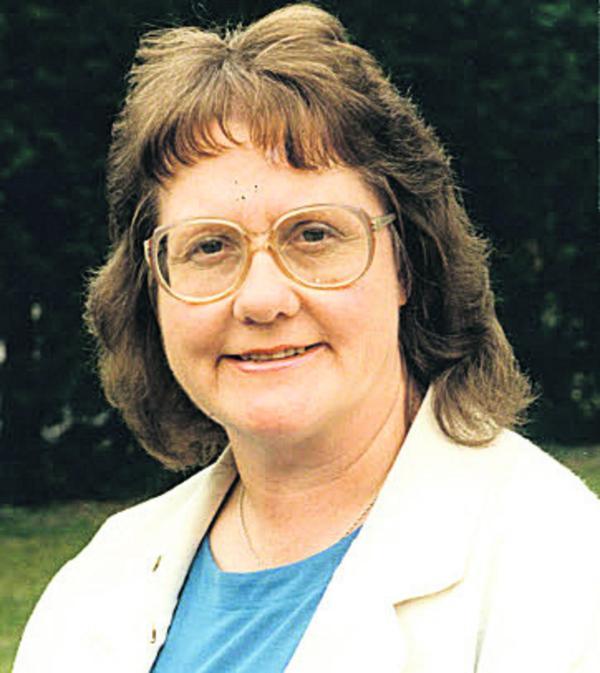This is the Guardian Obituary of TSA founding member Ann Hunt, MBE, published in June 2014
Ann Hunt, who has died aged 75, was instrumental in stimulating research into genetic conditions, as an active researcher herself and by promoting, facilitating and supporting others. In particular she had a profound impact on the international path towards finding a cure for the rare genetic condition tuberous sclerosis complex (TSC). Ann was inspired by her youngest son, James, who survived until the age of 13 with the condition.
TSC can lead to growths in various organs of the body, most commonly the brain, eyes, heart, kidney, skin and lungs, and can lead to symptoms such as epilepsy, and learning and behavioural issues. The severity of TSC covers a wide range: while many people with TSC will have a normal life expectancy, the complications of TSC can be life-threatening.
Confronted at James’s birth by the paucity of services for people affected by TSC and the dearth of research in the field, Ann co-founded what is now the Tuberous Sclerosis Association (TSA) in 1977. As the organisation grew, so did her contribution, driven by her passion to find ways to meet her son’s needs and to increase support and understanding for everyone affected. With quiet determination, she both carried out and facilitated research, as well as inspiring generations of young researchers in TSC. Ann undertook research into categorising the behavioural and physical aspects of TSC and published a number of defining papers. In 1993 she became research director for the TSA and continued directly supporting hundreds of affected families through telephone and personal contact.
In 1997, through the direct involvement of Ann and the TSA, which provided funding and facilitation, the European TSC consortium identified the TSC2 gene, one of the genes which, when faulty, allow the proliferation of growths in major organs, leading to symptoms associated with TSC. This discovery set in motion a series of clinical breakthroughs over subsequent years and into the present day, which have contributed to significant improvements in the quality of life and prognosis of those affected by TSC. These include prenatal testing and the first drug treatments shown to shrink TSC-related growths.
Ann organised three international research conferences in the UK, as well as chairing committees into a range of aspects of TSC. Most significantly, Ann was responsible for bringing about the meeting of the International Behaviour Consensus Panel that led to the consensus clinical guidelines for the assessment of cognitive and behavioural problems in TSC. The consensus panel was comprised of experts in TSC from around the globe. The guidelines they produced, published in 2005, set the first gold standard for assessment, monitoring and care of patients with TSC in relation to the behavioural and cognitive aspects of the condition.
Ann also helped to shape the research and healthcare environment for people with genetic conditions in general when she became inaugural chair in 1989 of the umbrella organisation for charities in this field, now called the Genetic Alliance. She served on the Department of Health’s gene therapy advisory committee from 1996 to 2002 and was also appointed to the department’s review panel, which oversaw the allocation of a £5m budget to fund research into new treatments for genetic disorders.
Ann was born in Welshpool, Powys, to Lawrence Caroll and his wife Elizabeth (nee Randall), both teachers in Essex, when her mother went to stay with family in Wales, concerned over rumours of a possible outbreak of war. After her mother went back to Essex with Ann at the end of the second world war, she was educated at Westminster school for girls and studied chemistry at Cambridge University, where she met her husband, John Hunt, also a science undergraduate.
They both worked in research, first in Cambridge and then in the US, returning to the UK after a couple of years. Ann cared for their growing family and John pursued a career in academia at Oxford University. This early training gave Ann an essential understanding of research methodology, which would greatly assist her in her later endeavours.
Ann’s contribution to the community in Oxfordshire, where the family settled in 1965, included campaigning for Witney Labour party; serving for five years from 1998 as chairman of Oxfordshire community health council, and as non-executive director of the Oxfordshire disability NHS trust; and establishing a respite care home in Witney. Having retrained as a special educational needs teacher, she taught adults with learning difficulties and tutored their carers for 10 years.
Her many achievements were characterised by energy and a drive to improve the lives of people affected by inherited diseases, for which in 2002 she was appointed MBE. The landscape of care, support and treatment for those now coming to terms with a diagnosis of genetic disease is unrecognisable from the one Ann encountered as James’s mother in the 1970s. Even those not fortunate enough to have known her in person owe a huge debt of gratitude.
John died in 2012. Ann is survived by a son, David, a daughter, Helena, and five grandchildren.
• Ann Mercy Hunt, campaigner and researcher into genetic conditions, born 25 October 1938; died 25 June 2014




